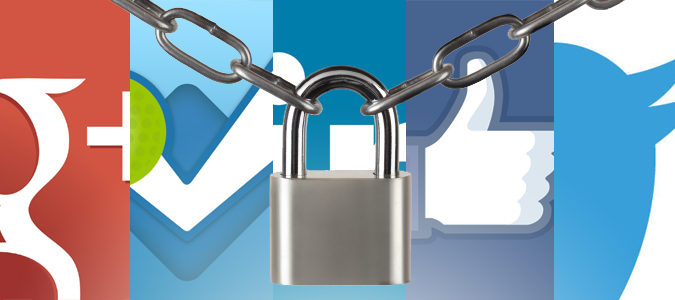
Not to sound antisocial about it, but going online to connect with friends or family feels like being the unwitting invitee to a birthday party at a nudist camp. To be “social” requires virtually dropping trou at the door, so before you know it, you’re dishing out your name, address, and birth date, along with GPS coordinates, honeymoon photos, political views, shopping habits, favorite movies, and anything else you care to Like, Share or even just click on. And that’s not just to friends and followers, but also marketers, data scrapers, and every business you interact with, who quietly track and make connections between your every online move (remember, these services aren't actually free — you pay with your personal data).
It isn’t easy, but there is a middle path you can follow, one that allows you to feel connected with an online community while still keeping inconvenient or even critical personal data away from prying eyes and algorithms. Most important, you don’t lose out on the social part of the network. Here’s our quick but deep guide to locking down the settings of the most used services.
- Part 1: 5 Tips To Keep your Privacy On Facebook
- Part 2: 3 Tips to Keep Your Privacy on Google+
- Part 3: 3 Tips to Keep Your Privacy on Twitter
- Part 4: 4 Tips to Keep Your Privacy on LinkedIn
- Part 5: 3 Tips to Keep Your Privacy on Foursquare
- Part 6: 3 Privacy Settings to Tweak Before Using Facebook Graph Search
Stay in the know with Laptop Mag
Get our in-depth reviews, helpful tips, great deals, and the biggest news stories delivered to your inbox.
